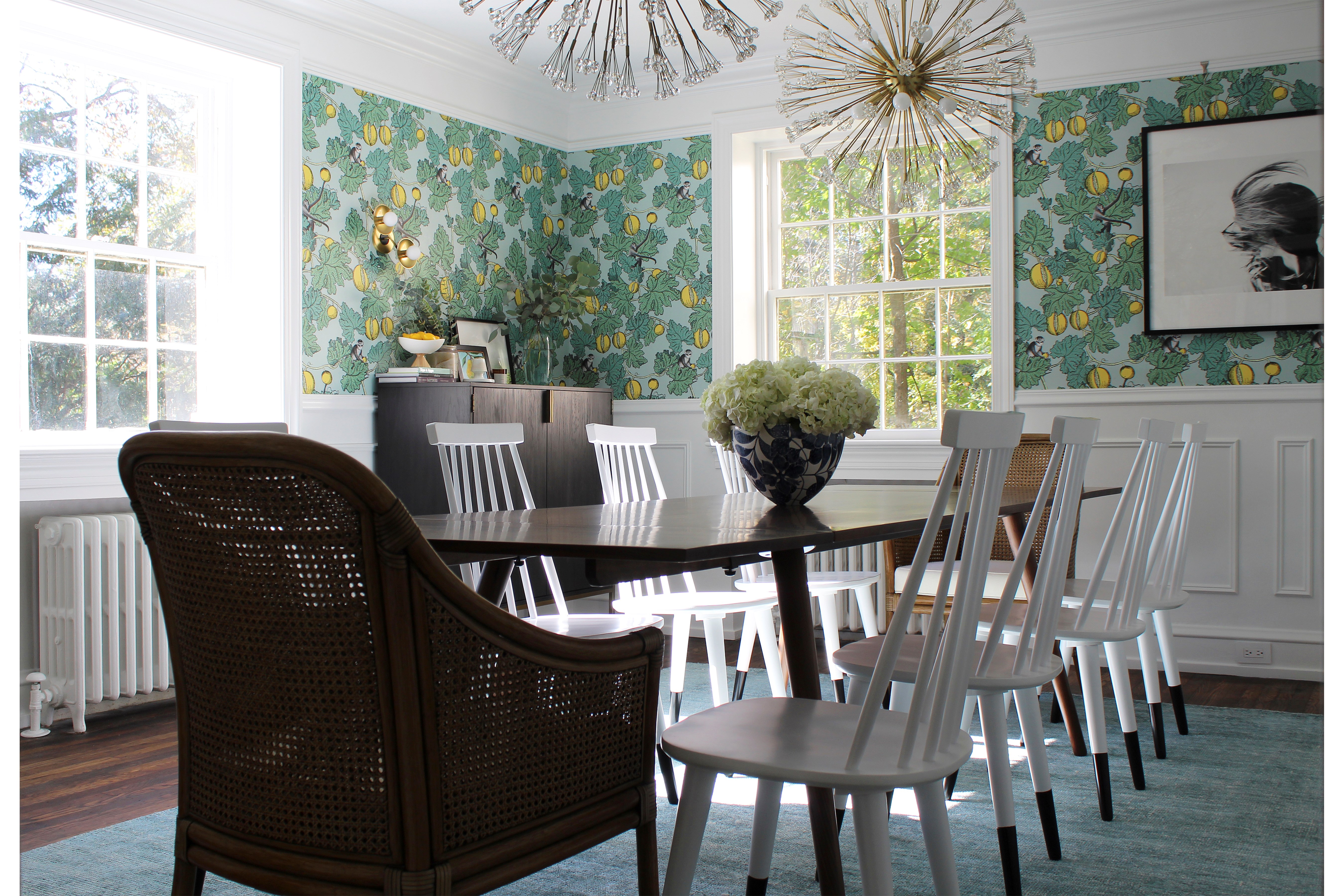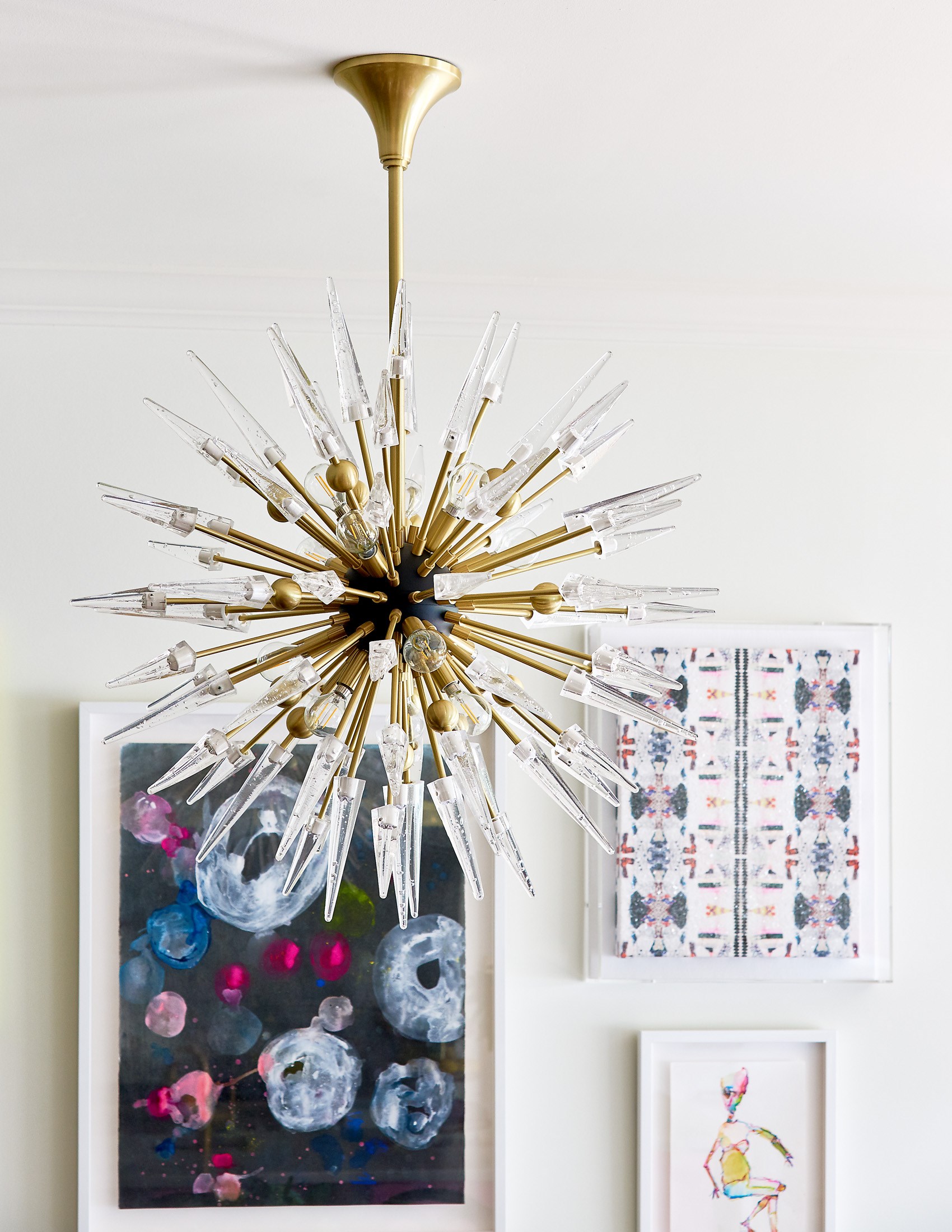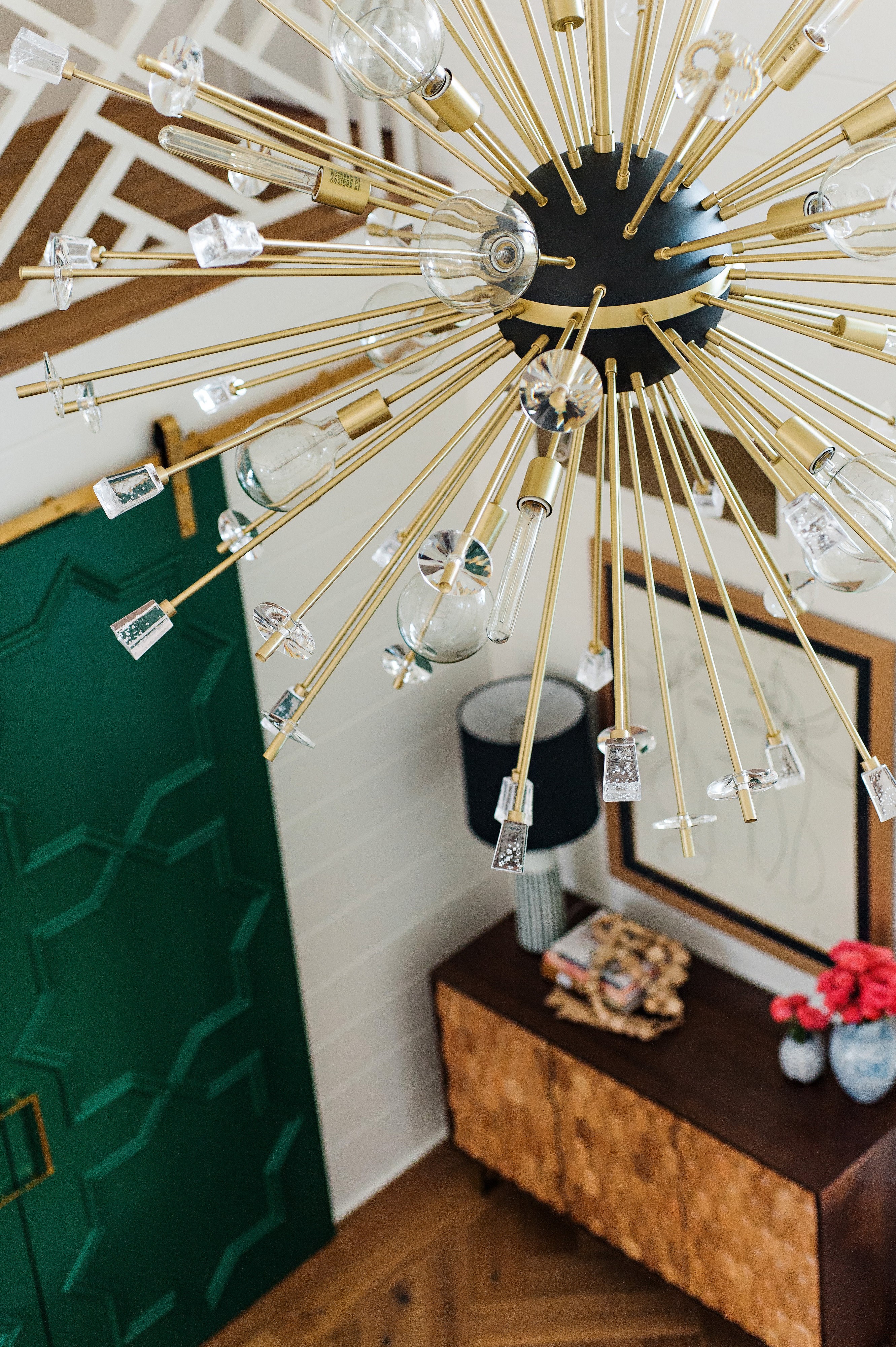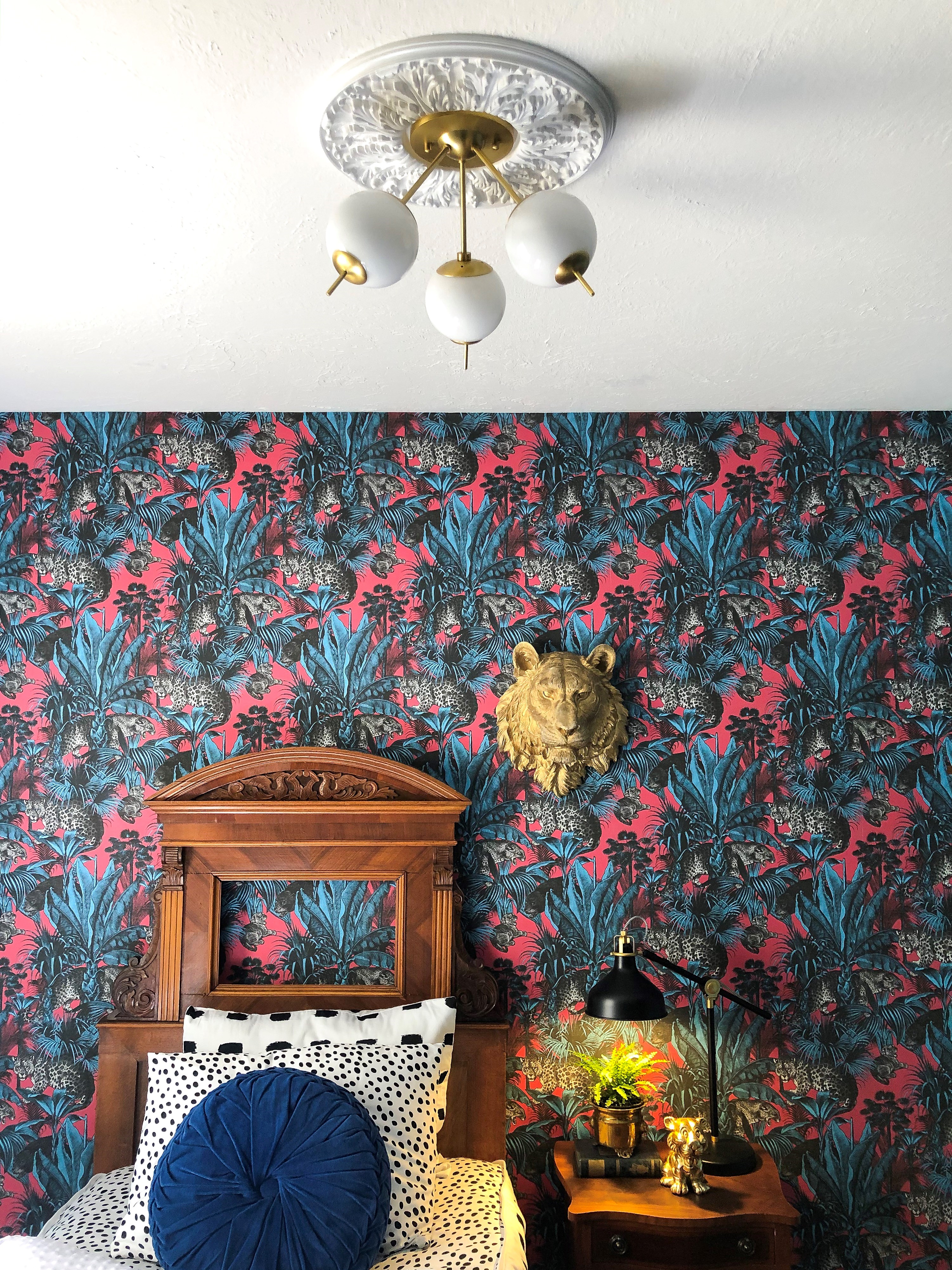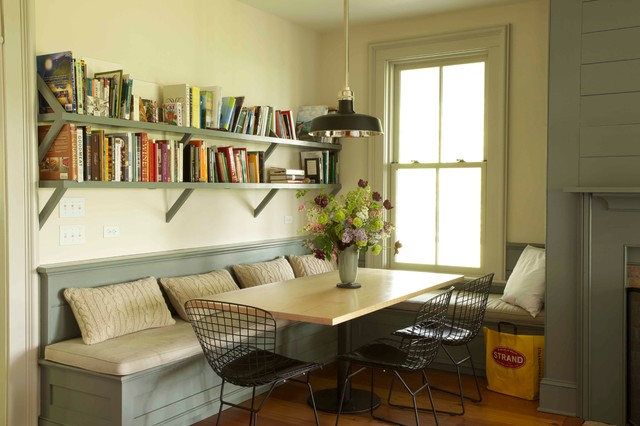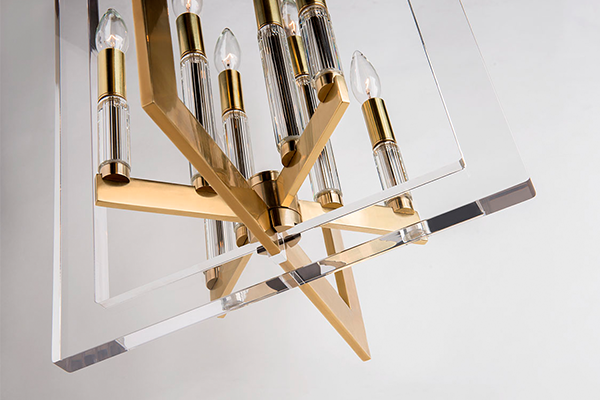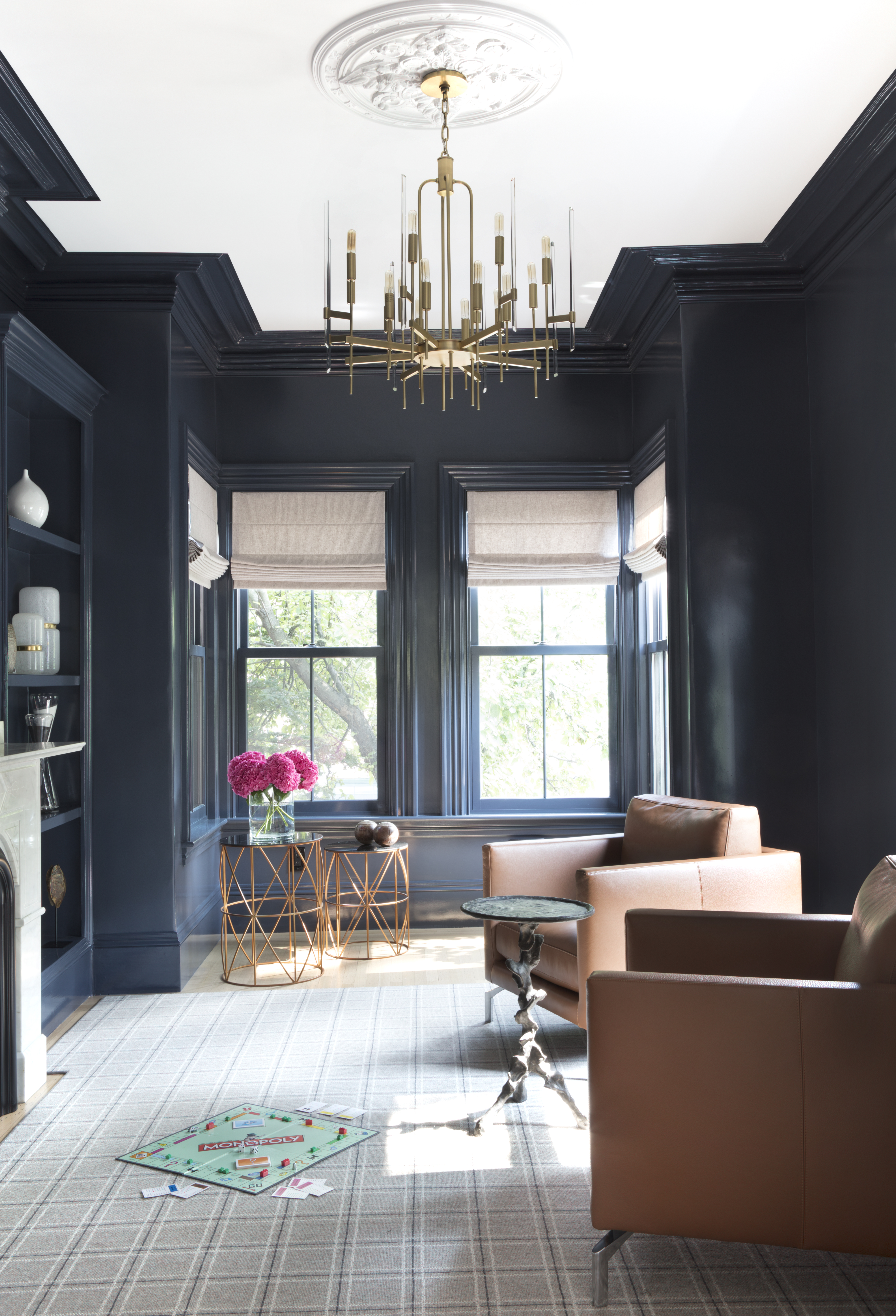Did you ever wonder why a certain style of ceiling fixture is called "sputnik?" Like, what does a style of chandeliers from the midcentury modern period that still slays in so many different kinds of spaces have to do with a Russian satellite?
Whatever you call it—starburst, sputnik, or fireworks—the style of chandelier or pendant with a central circular body branching out bulb-bearing arms in all directions was one of the brilliant inventions of the midcentury modern period and is a certified classic to this day.






